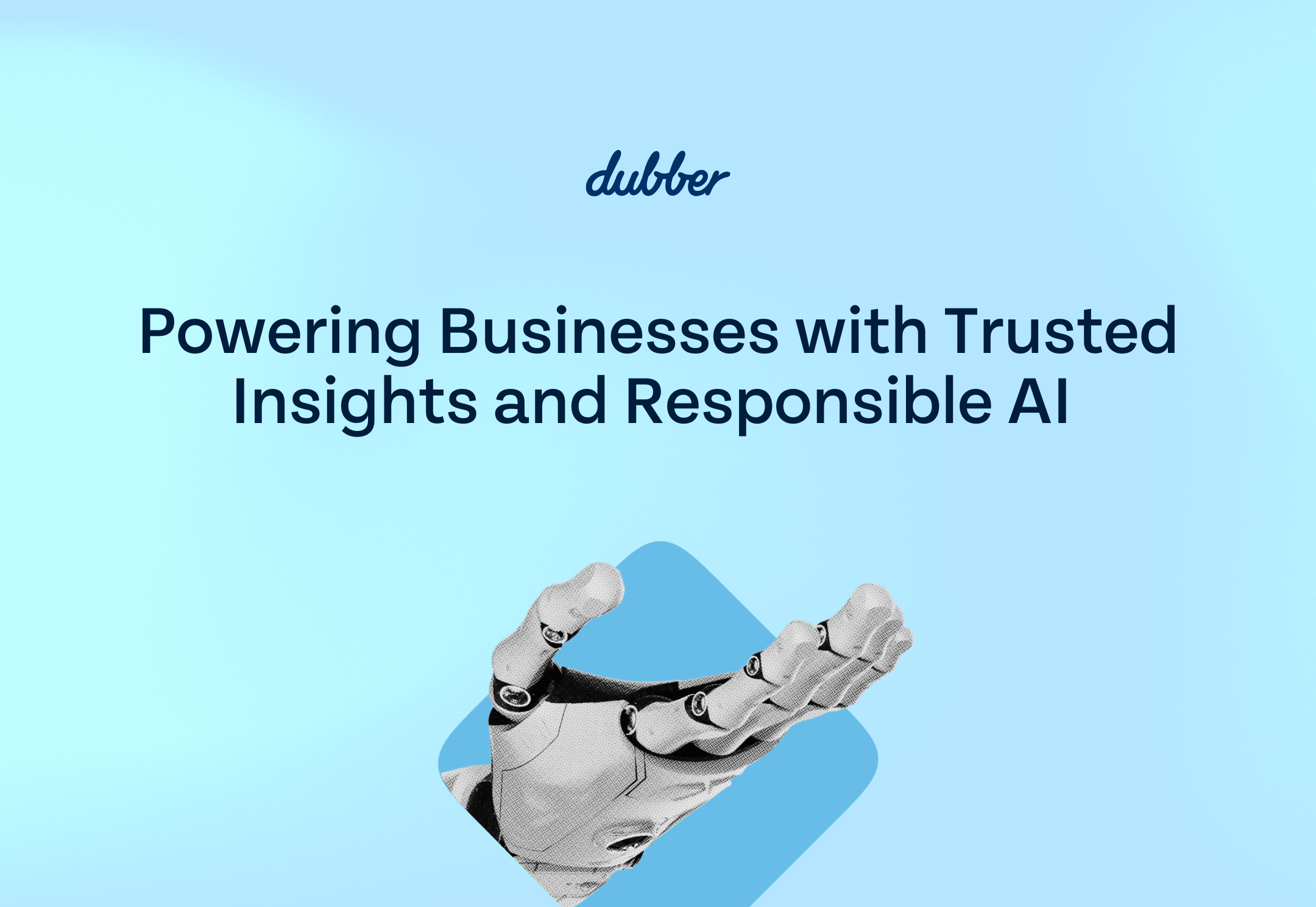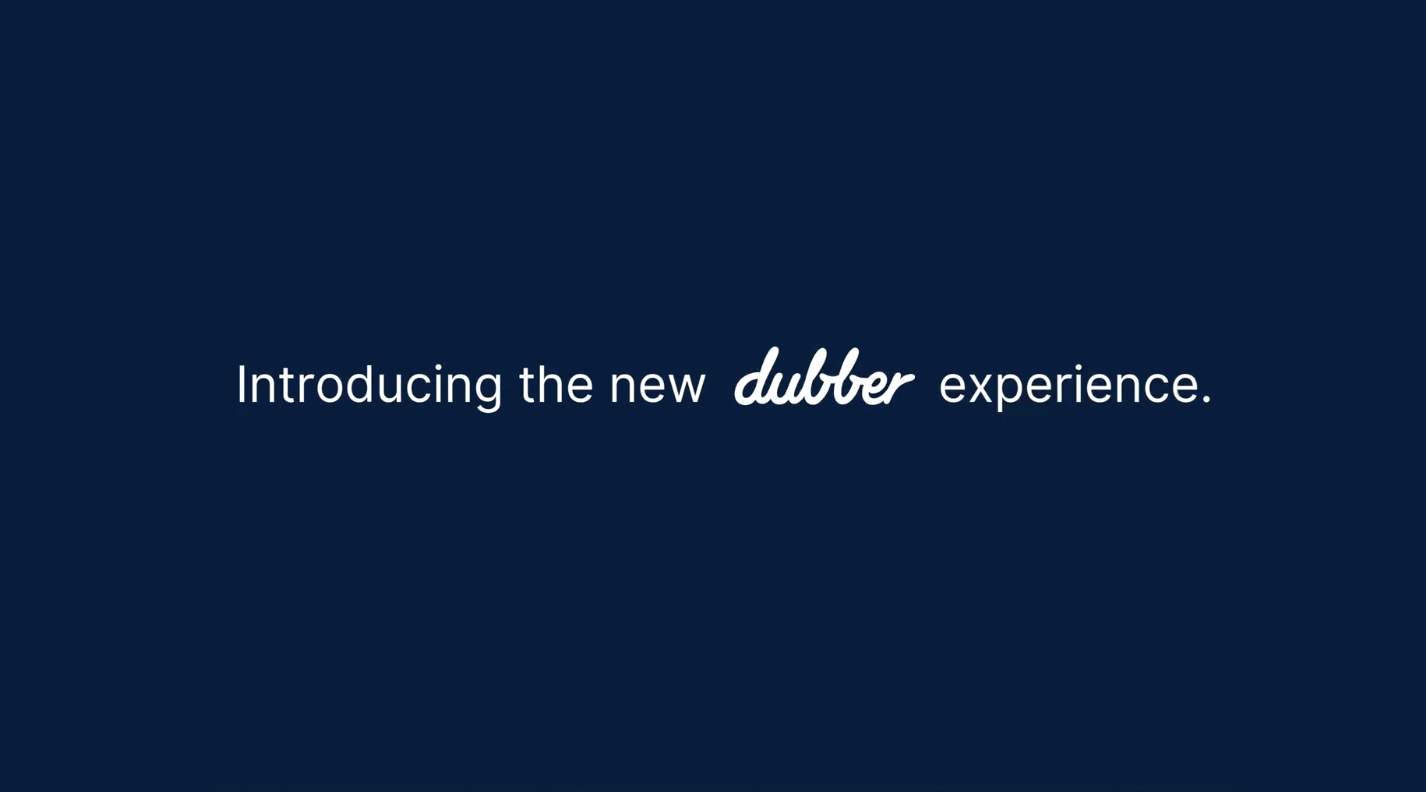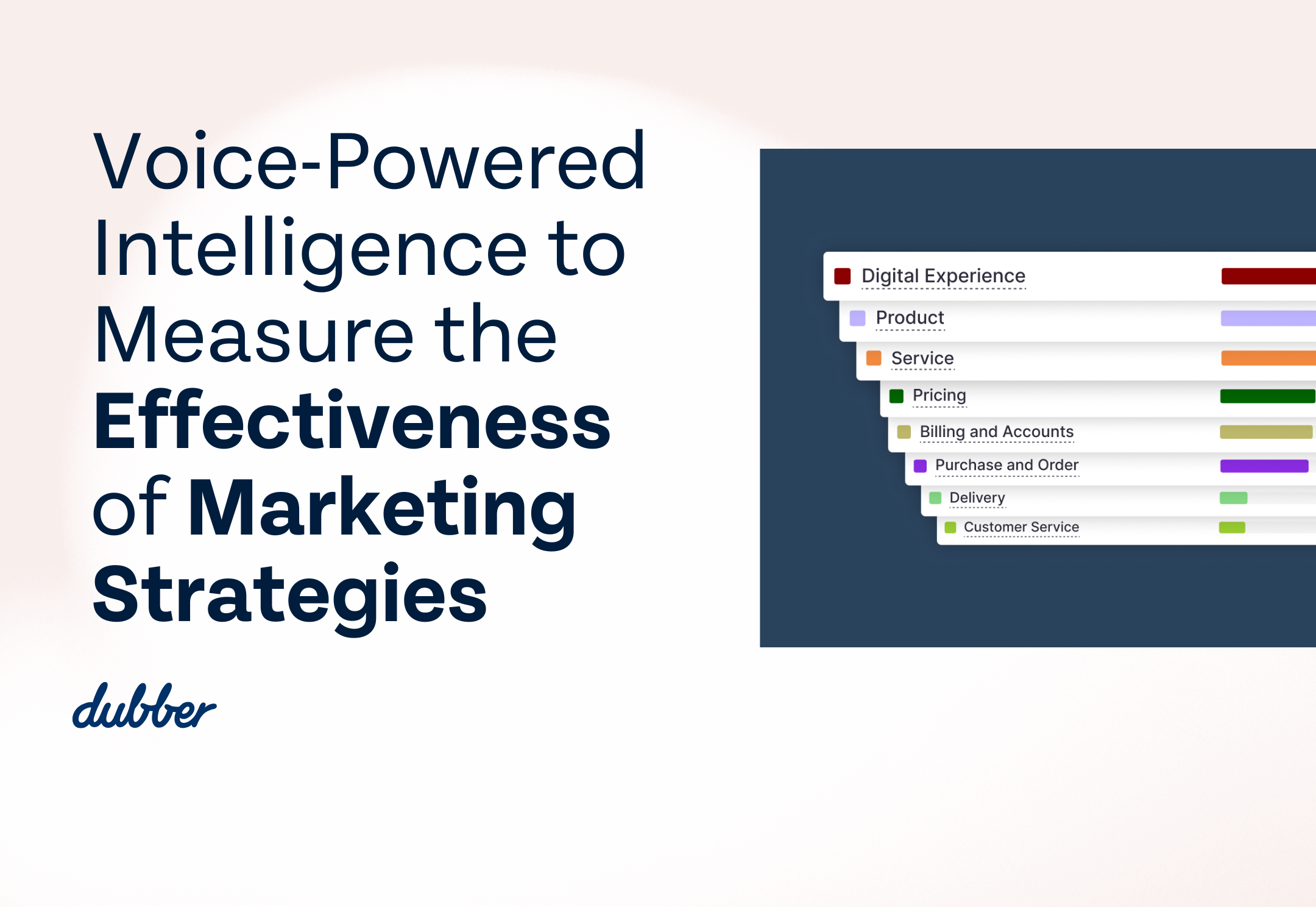
Answering the AML & KYC Challenge with Conversational AI
3 Actions Compliance Leaders Must Take
For many, the rapid acceleration of digital transformation has made already challenging regulatory complexity even more difficult. New ways of communicating and ever-increasing digital transactions generate even greater data sets requiring surveillance and compliance monitoring.
Against this backdrop, compliance and surveillance leaders face a more familiar set of challenges – unravelling regulations, reducing costs and driving productivity. The answer – in part – doesn’t lay in yet another set of tools or applications but rather in establishing more robust data sets on which artificial intelligence, machine learning and natural language processing can surface new levels of intelligence.
Conversation data is not just necessary – in many cases, it’s a regulatory requirement.
The role of AI and Machine Learning
Instead of relying on human analysis of trends to try and spot aberrant behaviours, true AI solutions are needed to create proactive signals of risk – and accelerate time to data and insights.
33% of financial institutions are increasing their AI capability over the past year, and 57% deployed, piloting, or planning to deploy AI & Machine Learning solutions for AML over the next 12-18 months.
Underpinning this is a shift from surfacing insights based on what happened to using behavioural insights to understand what might happen next. As workforces have become dislocated from the workplace, managerial insight based on day-to-day interactions has become more difficult. Conversational intelligence can signal behavioral shifts enabling managers to engage, coach and guide employees to the right practices.
Today, knowing your employee is as important and knowing your customer.
Modernising GRC: 3 actions compliance leaders must take
1. Record every conversation, across all channels
It’s not enough to just record conversations on one application, when interactions between employees and customers are occurring across call centres, mobile, and chat.
What is required today is a single window into all conversations – a Unified Conversational Recording platform and, if you want it to scale without barriers, it needs to live in the cloud – all compliantly, with inbuilt data security.
For example, Don Anderson, chief information officer (CIO) at the Federal Reserve Bank of Boston, noted in 2019 that ignoring the cloud may even “introduce new security vulnerabilities as on-premises vendors discontinue support for their products.”
How you record is as important as what you record. Creating a comprehensive data set with rich conversational recordset to satisfy KYC and AML also has to be done in a way that satisfies GDRP and PCI.
2. Replay instantly when non-compliant calls come through
Can you capture non-compliance as it happens? With triggers on sentiment like an angry customer, or an alert that goes off when a representative mentions the word ‘cash’, you can quickly head off incidents before they escalate or wind up getting buried in an avalanche of data. This type of natural language processing is essential in modern compliance operations, where you are expected to be able to respond in real-time.
3. Reveal insights across the organisation
While every conversation has the potential to be powerful, or non-compliant – or hopefully just helpful and archivable – being able to glean not just individual Conversational Intelligence insights, but cumulative insights on this data will give key indicators on your organisational health.
For instance, you’ll be able to tell whether departments are sticking to their scripts. Whether staff are spending too long on certain topics that could be addressed by a knowledge base. If certain staff are bringing up topics again and again that seem out of the ordinary. There are infinite possibilities to mine the data for both proactive compliance and operational efficiency.
Beyond Compliance
Compliance and surveillance data sets are amongst the most trusted in any business – but they also can alleviate the pain felt across financial institutions.
KYC procedures are also straining relationships with customers; for instance, the time taken to bring a new client on board continues to increase. And employees are challenged to receive the same level of guidance, coaching and training that was once part of their daily interactions in the workplace.
Conversational data – recordings, insights and workflow automation provide a much needed answer for both. The big opportunity and key benefit is data quality, with multiple conversational sources contributing to a single, secure and compliant system of record.
“At a time when risk management leaders are being asked to process greater amounts of data in shorter amounts of time—often amid budget and staff constraints—cloud computing could unlock considerable benefits. It can help risk teams react rapidly to changes in the external environment and dive deeper into the analytics life cycle to better understand the drivers of risk, all without major capital expenditures.” – Mckinsey
Dubber’s Compliance Editions put compliance teams in front of the right content, data insights, and actions for conversations across the entire organisation. Take a look at how a Swiss Private Bank Identifies Rogue Operators & Compliance Breaches With Dubber, or talk to us about how we can help your compliance team become more effective with Dubber.
Make sure to join us and other industry leaders for the AML & KYC APAC Virtual Event on October 28, 2021, to learn about the latest AML & KYC developments and how to protect your organisation from criminals, mitigate risks, ensure compliance and accelerate your digital transformation.

